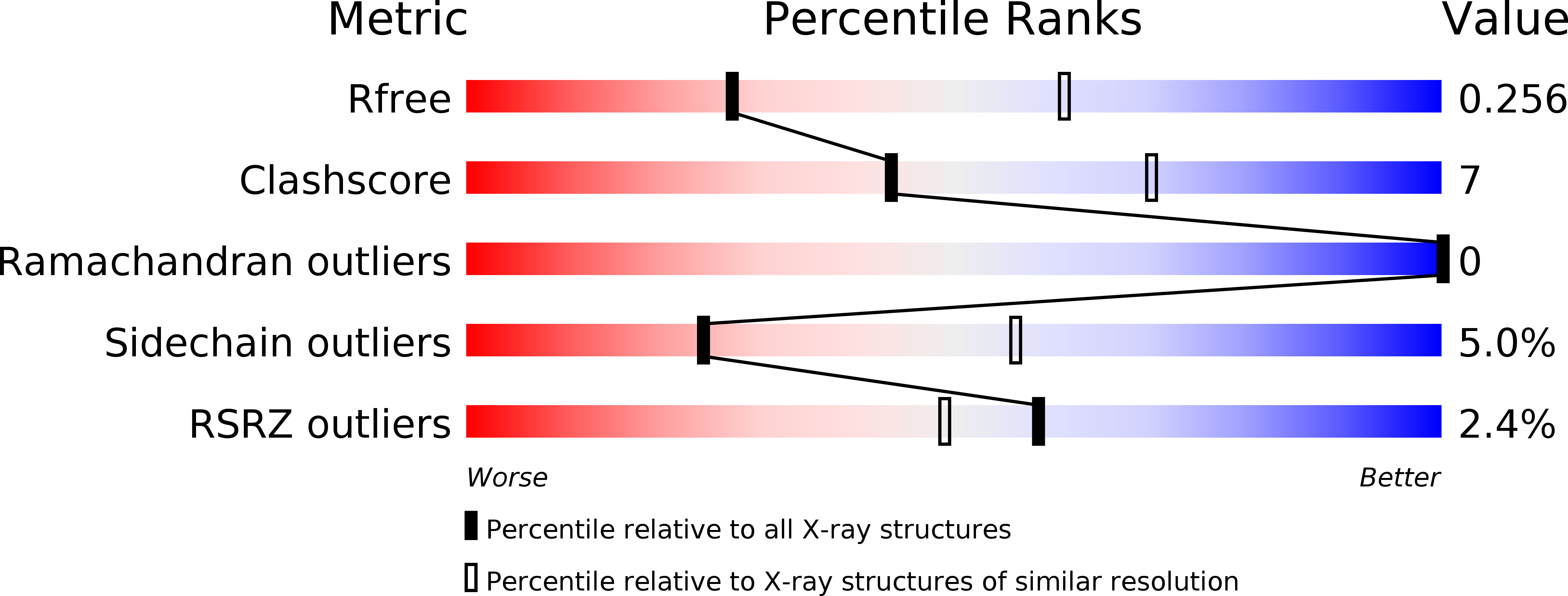
Deposition Date
2011-08-11
Release Date
2011-10-26
Last Version Date
2024-03-20
Method Details:
Experimental Method:
Resolution:
2.80 Å
R-Value Free:
0.26
R-Value Work:
0.22
R-Value Observed:
0.23
Space Group:
P 21 21 21


